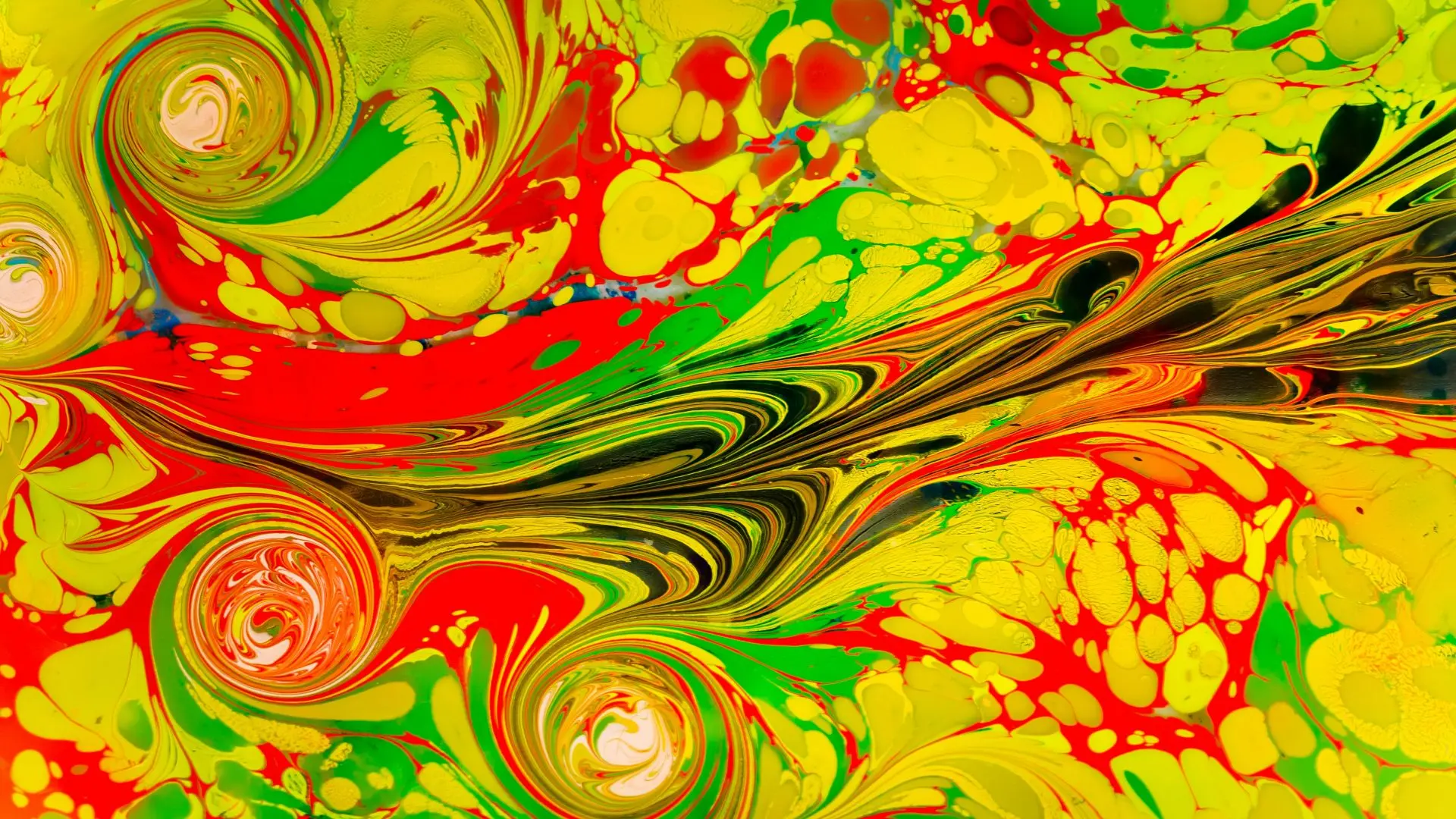Vedanta’s Interpretation of Om: The Primal Sound of the Universe

Looking for more amazing products? Check out our online store and explore our collection here! Happy shopping!
Before diving in, please note: This post is for informational purposes only. If you’d like to know more about how we approach topics, feel free to check out our friendly Disclaimer Page.
Hey there, amazing readers! 
We’re committed to delivering quality posts, and your support (even just sticking around despite the ads) means everything to us. So, bear with us, and thanks for helping us keep the good vibes rolling. Now, on to the fun stuff!
TRANSLATE BUTTON AT THE END OF THE ARTICLE
A Quick Overview
Vedanta is a philosophical system that is deeply rooted in the ancient scriptures of India, known as the Vedas.
It delves into the nature of reality, the self, and the ultimate truth.
One of the key concepts in Vedanta is the interpretation of Om, a sacred sound that holds great significance in Hindu philosophy.
Om is believed to be the primal sound of the universe, representing the essence of creation and the ultimate reality.
Introduction to Vedanta
Vedanta is a school of philosophy that emerged from the teachings found in the Upanishads, ancient texts that explore the nature of reality and the self.
It is often referred to as the culmination of Vedic thought, providing a comprehensive understanding of the universe and our place within it.
Vedanta seeks to unravel the mysteries of existence and offer insights into the ultimate truth that underpins all of creation.
Om in Hindu Philosophy
Om, also spelled as Aum, is a sacred sound and a spiritual symbol in Indian religions like Hinduism, Buddhism, and Jainism.
It is considered to be a representation of the divine and is often chanted at the beginning and end of prayers, meditation sessions, and spiritual rituals.
Om is believed to encompass the essence of the entire universe, including past, present, and future.
Significance of Om
Om holds immense significance in Hindu philosophy, symbolizing the ultimate reality and the interconnectedness of all things.
It is said to encompass the three main aspects of existence—waking, dreaming, and deep sleep—and represents the cycle of life, death, and rebirth.
Chanting Om is thought to bring inner peace, harmony, and spiritual awakening to those who resonate with its vibrations.
Om as the Primal Sound
In Vedanta, Om is considered to be the primal sound of the universe, the vibration from which all of creation emerged.
It is believed to be the source of all other sounds and mantras, carrying with it the power to create, sustain, and dissolve the cosmos.
By meditating on Om, one can tap into this primordial sound and connect with the divine essence that permeates everything.
The Universe’s Vibrations
Vedanta teaches that the universe is made up of vibrations, with each sound carrying a unique frequency and energy.
Om is regarded as the most fundamental vibration, resonating with the cosmic energy that underlies all of creation.
By chanting Om, individuals can attune themselves to this cosmic frequency and align their own vibrations with the harmonious rhythm of the universe.
Om in Meditation
Meditating on Om is a common practice in Hinduism and other spiritual traditions, as it is believed to deepen one’s connection to the divine and enhance self-awareness.
By focusing on the sound of Om, practitioners can quiet the mind, cultivate inner peace, and transcend the boundaries of the ego.
This meditative practice can lead to profound insights and spiritual growth.
Om as a Symbol
Om is often depicted as a symbol consisting of three curves, a dot, and a semi-circle, representing the waking state, dreaming state, deep sleep, and the transcendental state of consciousness.
This symbol encapsulates the entirety of existence, from the physical to the spiritual realms, and serves as a visual representation of the cosmic vibrations that permeate the universe.
Philosophical Interpretations
In Vedanta philosophy, Om is considered to be the sound of the Absolute, the unchanging reality that transcends the material world.
It is seen as a manifestation of Brahman, the ultimate reality that underpins all of creation.
By chanting Om, individuals can attune themselves to this divine essence and experience a sense of unity with the cosmos.
Om and the Divine
Om is often associated with the divine, representing the supreme consciousness that pervades all of existence.
It is seen as a direct link to the divine realm, allowing individuals to connect with their higher selves and experience a sense of oneness with the universe.
By chanting Om with reverence and devotion, one can cultivate a deeper spiritual connection and experience the presence of the divine within.
Om in Spiritual Practices
Om plays a central role in various spiritual practices, such as yoga, meditation, and chanting.
It is believed to purify the mind, body, and spirit, allowing practitioners to release negative energy and connect with their innermost selves.
By incorporating Om into daily spiritual rituals, individuals can create a sacred space for reflection, introspection, and spiritual growth.
Chanting Om
Chanting Om is a powerful practice that can have a profound impact on one’s consciousness and well-being.
The vibrations produced by chanting Om resonate throughout the body, calming the mind and soothing the spirit.
By repeating this sacred sound, individuals can align themselves with the universal energy and experience a deep sense of peace, clarity, and unity.
Om’s Healing Properties
Om is believed to possess healing properties that can benefit both the physical and spiritual aspects of an individual.
The vibrations of Om are said to have a harmonizing effect on the body’s energy centers, or chakras, promoting balance and well-being.
By chanting Om regularly, one can release tension, reduce stress, and enhance overall health and vitality.
Conclusion
In conclusion, Om holds a central place in Vedanta philosophy as the primal sound of the universe, embodying the essence of creation and the divine.
By meditating on Om, chanting its vibrations, and incorporating it into spiritual practices, individuals can deepen their connection to the cosmic energy that underlies all of existence.
Om serves as a powerful symbol of unity, harmony, and spiritual awakening, guiding seekers on the path to inner peace, self-realization, and transcendence.
Embracing the sacred sound of Om can lead to profound insights, healing experiences, and a profound sense of oneness with the universe.

The Enlightenment Journey is a remarkable collection of writings authored by a distinguished group of experts in the fields of spirituality, new age, and esoteric knowledge.
This anthology features a diverse assembly of well-experienced authors who bring their profound insights and credible perspectives to the forefront.
Each contributor possesses a wealth of knowledge and wisdom, making them authorities in their respective domains.
Together, they offer readers a transformative journey into the realms of spiritual growth, self-discovery, and esoteric enlightenment.
The Enlightenment Journey is a testament to the collective expertise of these luminaries, providing readers with a rich tapestry of ideas and information to illuminate their spiritual path.
Our Diverse Expertise
While our primary focus is on spirituality and esotericism, we are equally passionate about exploring a wide range of other topics and niches 

To ensure we provide the most accurate and valuable insights, we collaborate with trusted experts in their respective domains 
Our blog originally focused on spirituality and metaphysics, but we’ve since expanded to cover a wide range of niches. Don’t worry—we continue to publish a lot of articles on spirituality! Frequently visit our blog to explore our diverse content and stay tuned for more insightful reads.
Hey there, amazing reader! 
Check out our store here and take a peek at some of our featured products below! Thanks for being awesome!











